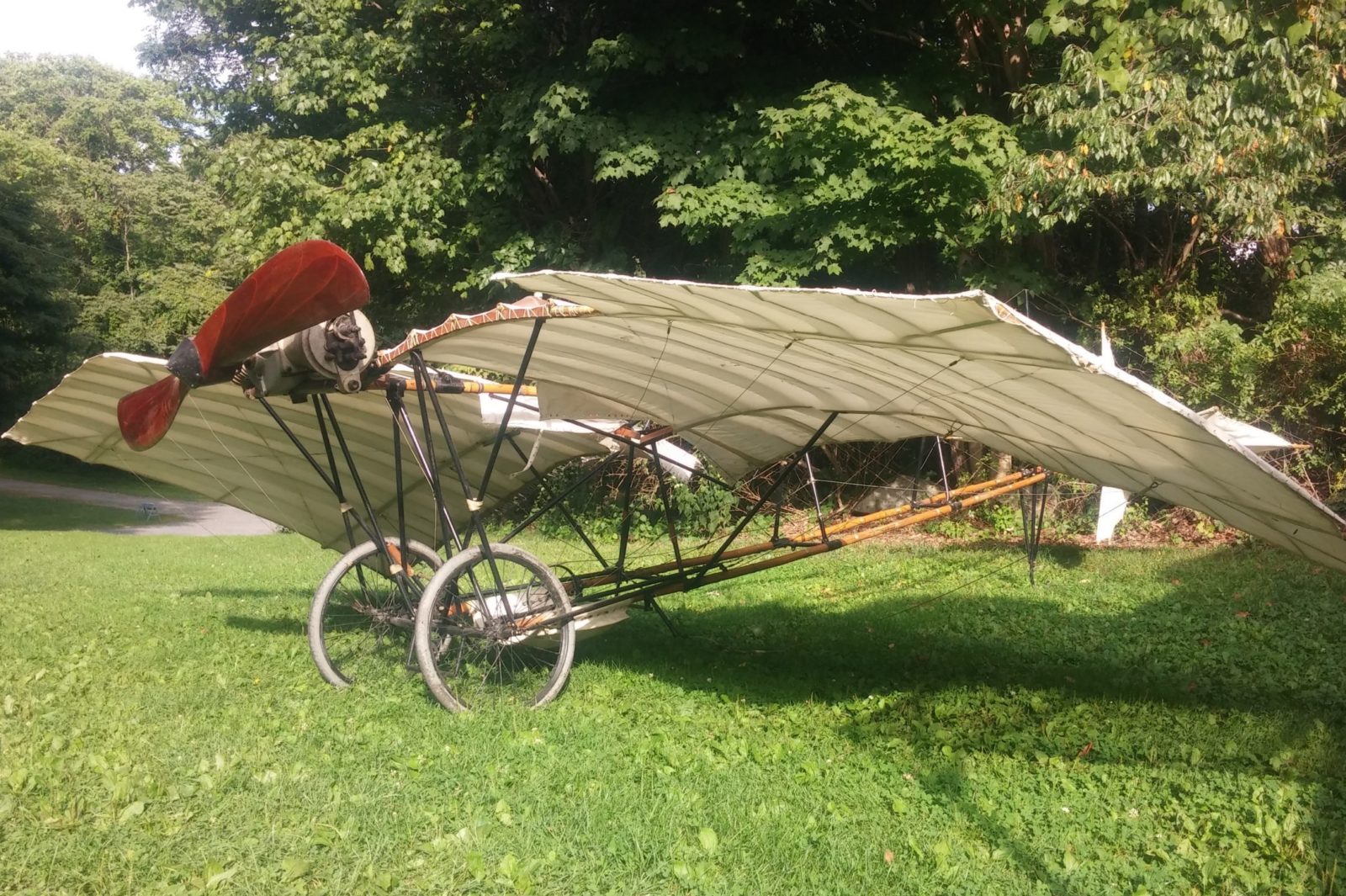- Joined
- Oct 11, 2010
- Messages
- 13,244
- Reaction score
- 8,336
- Age
- 61
Roland Garros himself (actually called Eugene Adrien Roland Georges Garros, born 1888) first became interested in aviation when he visited an air show in Reims, Champagne, in 1909. At the time he was an owner of a car dealership in Paris. Fascinated with this new technology, he immediately bought himself an airplane. A keen sportsman, Garros mastered flying after taking a few lessons, and ventured into this new sprawling industry. In 1911 and 1912 Garros set several records.

When the war broke out, Garros was working as an instructor in Germany. To avoid possible captivity, he took an unplanned flight to Switzerland, and from there to France. Once at home, he signed up with the Storks squadron.
At the time, planes were equipped with very little weaponry, if any at all. Roland Garros’ inventing and trailblazing skills kicked in and he developed the first single-seater fighter plane equipped with an on-board machine gun that fired through the propeller. It was revolutionary.
He equipped the propeller of his Morane-Saulnier L with bullet deflectors, steel wedges attached to the airscrew. That way, whenever he fired a burst from his machine gun, some bullets would hit the deflectors and be beaten off course, while others would fly right at the target. Importantly, none of them would damage his own propeller. In the following years aircraft producers adopted a more elegant solution to the problem by synchronizing the propeller’s turns with the machine gun fire, but for its time that was a step forward.

In early April 1915, sub lieutenant Garros notched up three consecutive victories in a fortnight, but was then hit by the German anti-aircraft defence over Belgium. Forced to land, he was taken prisoner before he had chance to destroy his plane. His invention therefore fell into the hands of the enemy, who used his ideas to adapt their own aircraft.
It took strong-headed Garros three years to escape, clumsily disguised as a German officer. But his health had seriously deteriorated during his captivity. He had become severely short-sighted and had to make himself pairs of glasses in secret so that he could keep flying.
After stepping back into the ranks, he won yet another victory and claimed one more unconfirmed kill. Soon afterwards Garros got killed in a fight over Ardennes on Oct 5, 1918. He was shot down by a German Fokker fighter, just five weeks before the Armistice Day and one day short of his 30th birthday.

When the war broke out, Garros was working as an instructor in Germany. To avoid possible captivity, he took an unplanned flight to Switzerland, and from there to France. Once at home, he signed up with the Storks squadron.
At the time, planes were equipped with very little weaponry, if any at all. Roland Garros’ inventing and trailblazing skills kicked in and he developed the first single-seater fighter plane equipped with an on-board machine gun that fired through the propeller. It was revolutionary.
He equipped the propeller of his Morane-Saulnier L with bullet deflectors, steel wedges attached to the airscrew. That way, whenever he fired a burst from his machine gun, some bullets would hit the deflectors and be beaten off course, while others would fly right at the target. Importantly, none of them would damage his own propeller. In the following years aircraft producers adopted a more elegant solution to the problem by synchronizing the propeller’s turns with the machine gun fire, but for its time that was a step forward.

In early April 1915, sub lieutenant Garros notched up three consecutive victories in a fortnight, but was then hit by the German anti-aircraft defence over Belgium. Forced to land, he was taken prisoner before he had chance to destroy his plane. His invention therefore fell into the hands of the enemy, who used his ideas to adapt their own aircraft.
It took strong-headed Garros three years to escape, clumsily disguised as a German officer. But his health had seriously deteriorated during his captivity. He had become severely short-sighted and had to make himself pairs of glasses in secret so that he could keep flying.
After stepping back into the ranks, he won yet another victory and claimed one more unconfirmed kill. Soon afterwards Garros got killed in a fight over Ardennes on Oct 5, 1918. He was shot down by a German Fokker fighter, just five weeks before the Armistice Day and one day short of his 30th birthday.
Last edited:

























